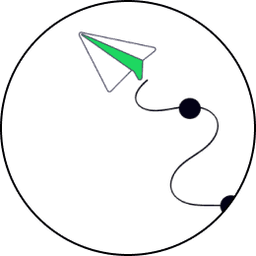Introduction
Welcome, future pioneers of artificial intelligence! Do you feel the crackling energy of an explorer, standing on the precipice of the known world, ready to venture into the unknown? Well, grab your metaphorical compass and join me as we dive deep into the uncharted waters of LLMs!
You see, LLMs, the powerful vessels of AI, hold immense potential. But with every treasure chest, there's a lock - and understanding the nuances of these models, how they learn, their limitations, and how to navigate them, is your golden key. It's an adventure waiting to happen!
Our expedition will carry us through the labyrinthine landscapes of knowledge acquisition in LLMs, the mysteries of the knowledge cutoff, and the shadowed valleys of their limitations. We’ll uncover how these advanced models learn, where their education halts, and what happens beyond that point.
So, tighten your grip, ensure your safety ropes are secure, and prepare for the exhilarating thrill of exploration. We're about to embark on a journey deep into the heart of AI's greatest enigmas - LLM's knowledge and its limitations. By the end, you'll be well-equipped to navigate this complex maze, ready to turn every corner, climb every wall, and hurdle every limitation with confidence and prowess. Are you ready? Then let's embark on this thrilling journey together!






![Latent Space Podcast 8/16/23 [Summary] - The Mathematics of Training LLMs — with Quentin Anthony of Eleuther AI](/_next/image?url=https%3A%2F%2Fwww.datocms-assets.com%2F101962%2F1692324088-screenshot-2023-08-17-at-9-59-17-pm.png&w=3840&q=75)

![Latent Space Podcast 8/10/23 [Summary]: LLMs Everywhere: Running 70B models in browsers and iPhones using MLC — with Tianqi Chen of CMU / OctoML](/_next/image?url=https%3A%2F%2Fwww.datocms-assets.com%2F101962%2F1691894611-screenshot-2023-08-12-at-10-42-43-pm.png&w=3840&q=75)
![Latent Space Podcast 8/4/23 [Summary] Latent Space x AI Breakdown crossover pod!](/_next/image?url=https%3A%2F%2Fwww.datocms-assets.com%2F101962%2F1691539617-screenshot-2023-08-08-at-8-02-52-pm.png&w=3840&q=75)
![Latent Space Podcast 7/19/23 [Summary] - Llama 2: The New Open LLM SOTA (ft. Nathan Lambert, Matt Bornstein, Anton Troynikov, Russell Kaplan, Whole Mars Catalog et al.)](/_next/image?url=https%3A%2F%2Fwww.datocms-assets.com%2F101962%2F1691968295-screenshot-2023-08-13-at-7-11-06-pm.png&w=3840&q=75)
